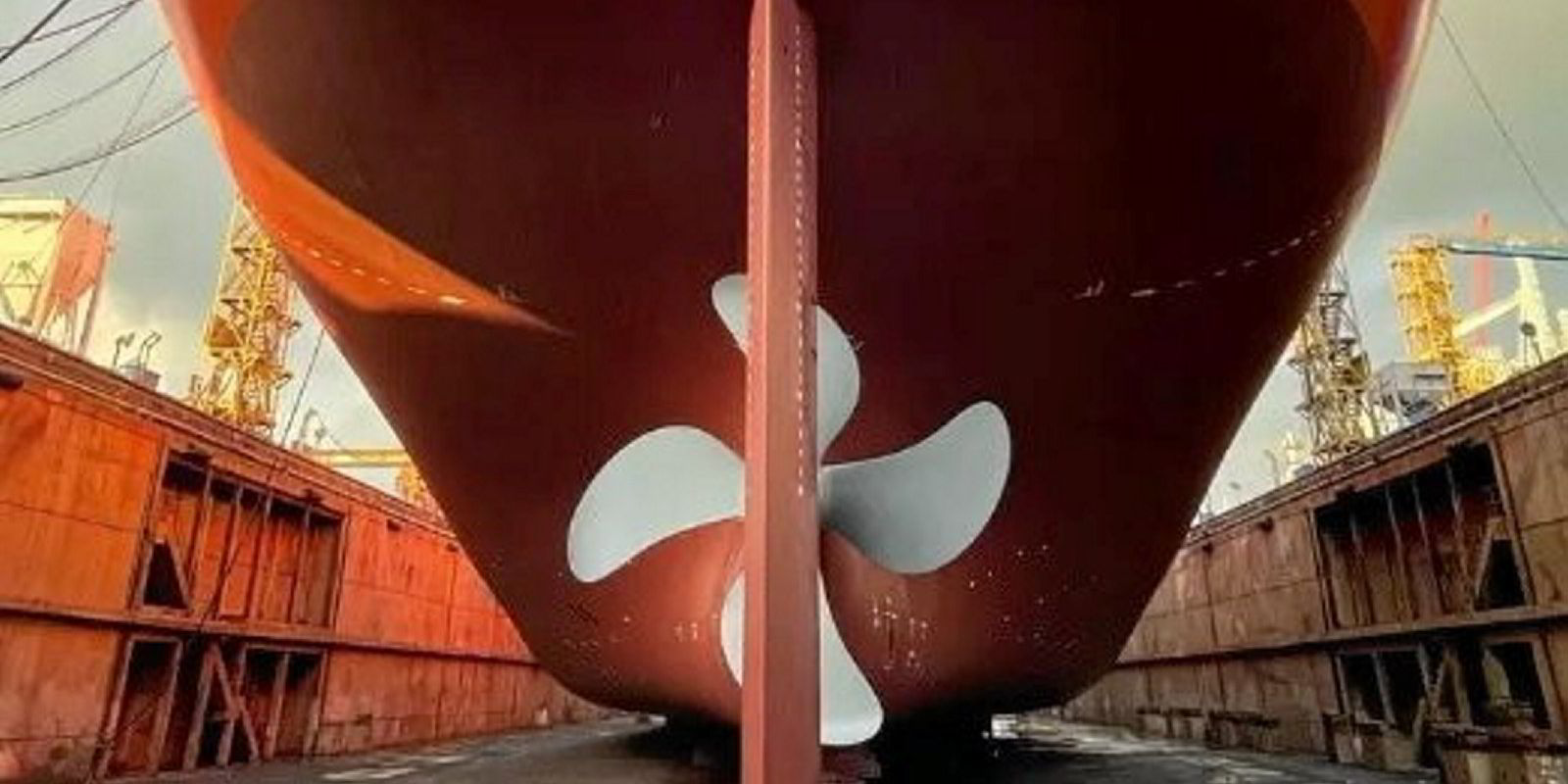Pacific Basin is to coat the propellers of its entire owned bulker fleet of 116 vessels with a graphene-based coating as part of its decarbonisation efforts.
The Hong Kong shipowner said this initiative marks the largest adoption of such coatings in the dry bulk segment.
“It parallels the pioneering efforts of industry counterparts like Stolt Tankers and Eastern Pacific Shipping, among many others,” it added.
Pacific Basin said the XGIT-PROP coating has demonstrated the potential to enhance vessel performance by up to 4% in a previous trial.
This is said to make the coating, which was developed by Canadian company GIT Coatings, a “highly effective solution to improve CII and RightShip GHG ratings”.
Pacific Basin has already trialled the technology on one of its supramaxes, and now intends to roll out the XGIT-PROP across 40 bulkers scheduled for dry dock maintenance in 2024.
Sanjay Relan, Pacific Basin’s general manager of optimisation and decarbonisation, said the shipowner has been coating its vessels’ propellers with silicone paint since 2007 to proactively maintain a smooth propeller surface and avoid the frequent need for polishing to recover lost performance.
“However, we have not been able to avoid edge damages to the silicone coating on the propellers, which requires the entire propeller coating to be stripped and reapplied at every docking,” he said.
“By adopting XGIT-PROP hard coating for our entire fleet, we are taking a proactive step towards more sustainable practices.
“At a fleet-wide level, we anticipate significant reductions in environmental impact and operational expenses,” he added.
Maiko Arras, director of business development at GIT Coatings, said the collaboration with Pacific Basin marks another important milestone in the company’s growth.
“While we have established fleet supply agreements with many other shipping companies, Pacific Basin stands out as the largest to fully integrate XGIT-PROP across a fleet of dry bulk vessels.”
GIT says the biocide-free hard foul-release coating is designed to withstand the rigorous conditions faced by propellers, overcoming what it describes as the “shortcomings of conventional, biocide-based soft foul-release coatings that release silicone oils and often peel away from propeller blades”.
GIT claims that the combination of a strong adhesive primer with a hard foul-release topcoat, means that XGIT-PROP ensures the propeller’s surface stays “smooth over the dry docking cycle”.




